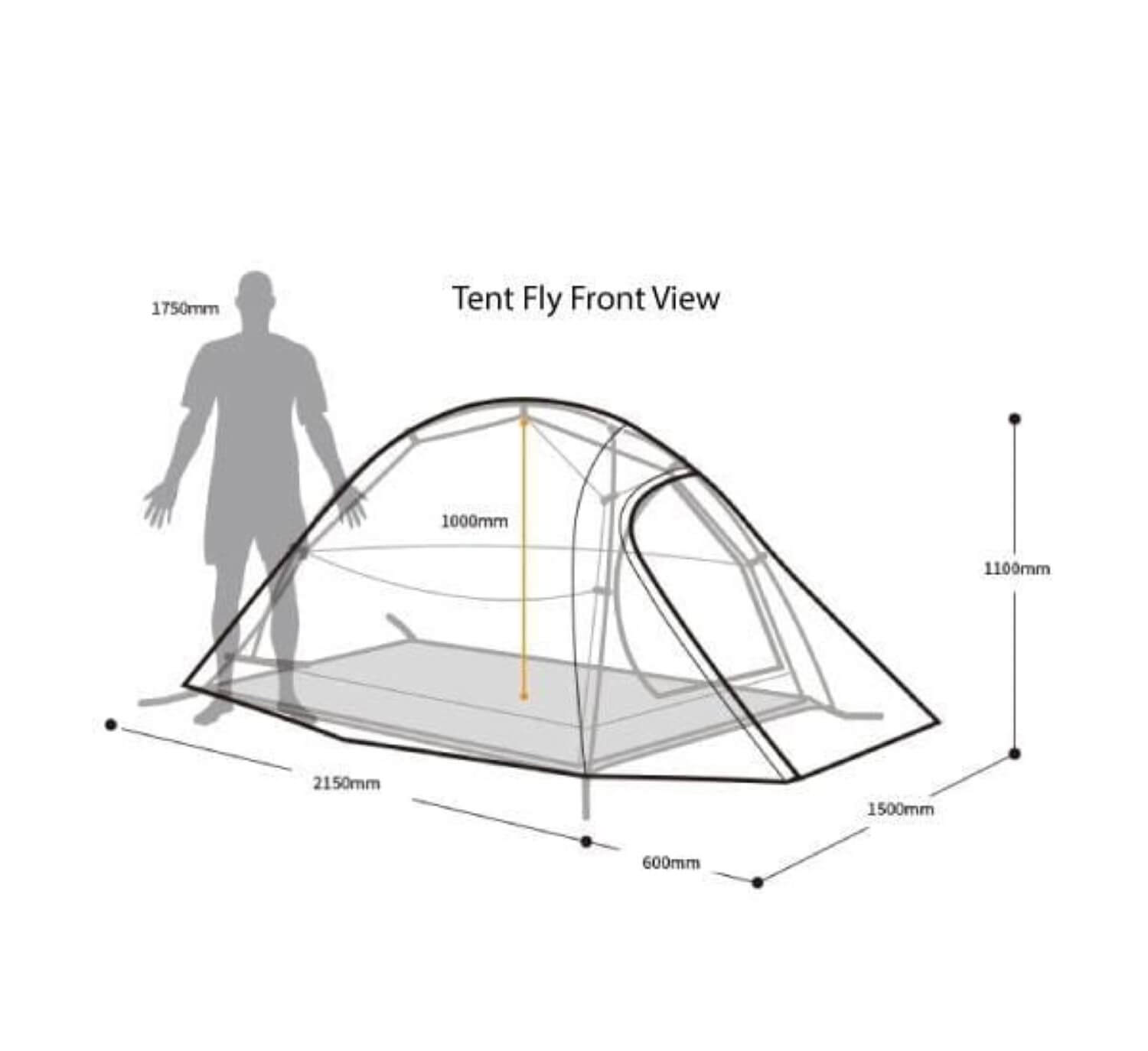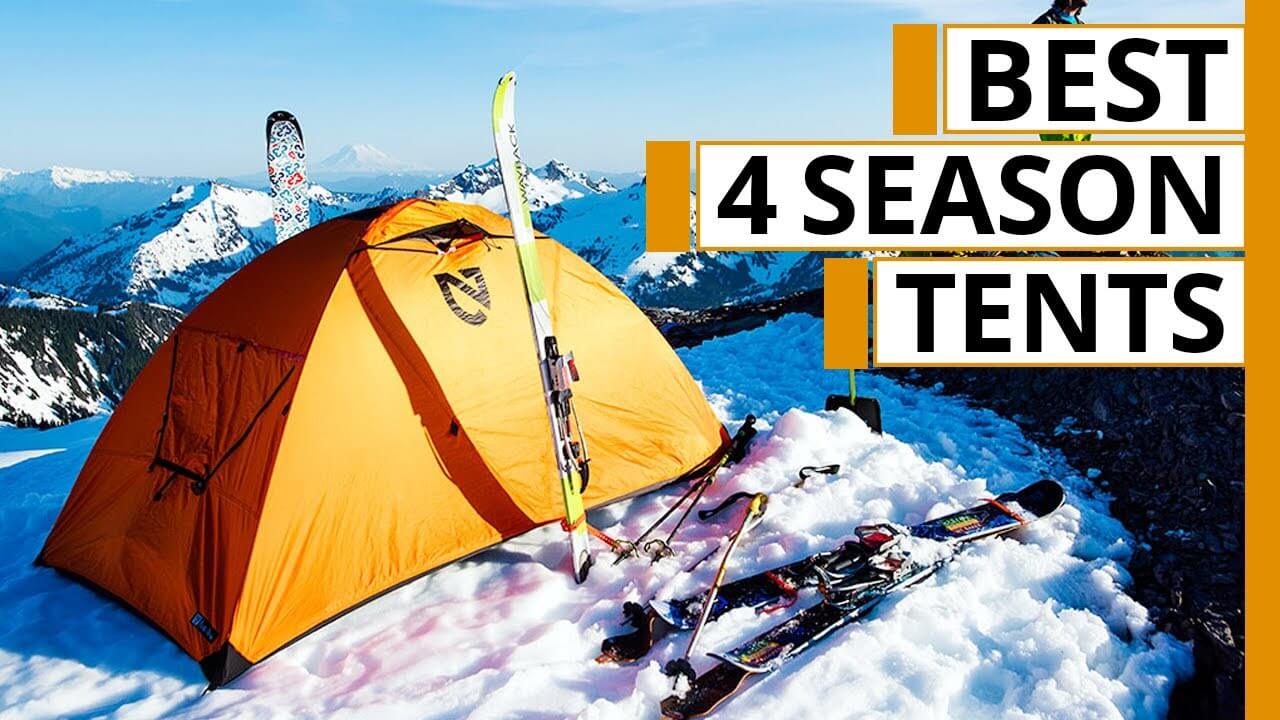Choosing the right backpacking tent is crucial for a comfortable and successful outdoor adventure. With countless options on the market, finding the perfect tent can be overwhelming. This guide will walk you through the essential factors to consider when selecting a backpacking tent, ensuring you make an informed decision that suits your specific needs and preferences.
A backpacking tent is more than just a shelter; it’s your home away from home in the great outdoors. The right tent can provide comfort, protection, and peace of mind during your adventures. However, with so many options available, choosing the best one can be challenging. This guide breaks down the key factors to consider, helping you find a tent that perfectly fits your backpacking needs.

Determine Your Tent Capacity
The first step in choosing a backpacking tent is determining how many people it needs to accommodate. Tents are typically rated by their sleeping capacity, ranging from solo tents to ones that can fit four or more people.
- Solo Tents: Ideal for solo travelers who prioritize weight savings and minimalism.
- Two-Person Tents: Perfect for couples or friends. They offer a good balance between space and weight.
- Three or Four-Person Tents: Suitable for small groups or families. These tents offer more space but are heavier to carry.
Evaluate Tent Weight

When backpacking, every ounce counts. The weight of your tent is a critical factor that affects your overall load. Tents are categorized into three weight classes:
- Ultralight: These tents weigh under 3 pounds and are designed for minimalist backpackers. They sacrifice some comfort for weight savings.
- Lightweight: Weighing between 3-5 pounds, these tents offer a balance of comfort and weight, suitable for most backpackers.
- Standard: Weighing over 5 pounds, these tents provide maximum comfort and durability but are heavier, making them less ideal for long treks.
Consider Seasonality

Tents are designed for different seasons, and choosing the right one depends on when and where you’ll be backpacking.
- Three-Season Tents: These are the most popular choice, designed for spring, summer, and fall. They offer good ventilation, lightweight materials, and weather resistance.
- Four-Season Tents: Built for winter conditions, these tents provide extra protection against snow and wind. They are heavier and less ventilated than three-season tents.
- Extended-Season Tents: These are suitable for late fall and early spring, offering more robustness than three-season tents but lighter than four-season options.
Examine Tent Materials
The materials used in a tent’s construction affect its durability, weight, and weather resistance.
- Tent Fabric: Nylon and polyester are common materials. Nylon is lightweight and strong, while polyester is more UV-resistant and less prone to stretching when wet.
- Tent Poles: Aluminum poles are durable and lightweight, making them a preferred choice for backpacking tents. Fiberglass poles are cheaper but heavier and less durable.
- Waterproofing: Look for tents with a high hydrostatic head rating (HH), indicating better waterproofing. A rating of 1500mm to 3000mm is adequate for most conditions.
Ventilation and Condensation Management
Proper ventilation is crucial to prevent condensation buildup inside the tent, which can make for an uncomfortable night.
- Mesh Panels: Tents with mesh panels offer better airflow and are ideal for warm weather.
- Ventilation Ports: Some tents include additional vents to improve airflow without compromising on weather protection.
- Double-Wall Construction: A tent with a separate rainfly and inner tent helps manage condensation better than a single-wall tent.
Assess Tent Design and Features
The design and features of a tent can greatly affect your camping experience.
- Doors and Vestibules: Multiple doors are convenient for easy access, especially in multi-person tents. Vestibules provide extra space for gear storage.
- Interior Space: Consider the tent’s peak height and floor dimensions. A higher peak height offers more headroom, while a larger floor area provides more sleeping space.
- Setup Ease: Tents with fewer poles and color-coded clips are easier to set up, which is beneficial after a long day of hiking.
Packability and Storage
A tent that packs down small and fits well in your backpack is essential for convenience and mobility.
- Packed Size: Check the tent’s packed dimensions to ensure it fits in your backpack.
- Compression Sacks: Some tents come with compression sacks that reduce their packed size, making them easier to carry.
Price and Value
Finally, consider your budget. While higher-end tents offer advanced features and materials, there are plenty of affordable options that provide great value.
- Budget Tents: These tend to be heavier and less durable but are perfect for occasional backpackers.
- Mid-Range Tents: Offering a balance between cost and features, these tents are ideal for regular backpackers.
- High-End Tents: These are lightweight, durable, and packed with features, suitable for serious and frequent backpackers.
Choosing the right backpacking tent involves balancing multiple factors such as capacity, weight, seasonality, materials, ventilation, design, packability, and price. By carefully considering your specific needs and the conditions you’ll be facing, you can find a tent that provides the perfect combination of comfort, protection, and convenience. With the right tent, your backpacking adventures will be more enjoyable and memorable. Happy hiking!